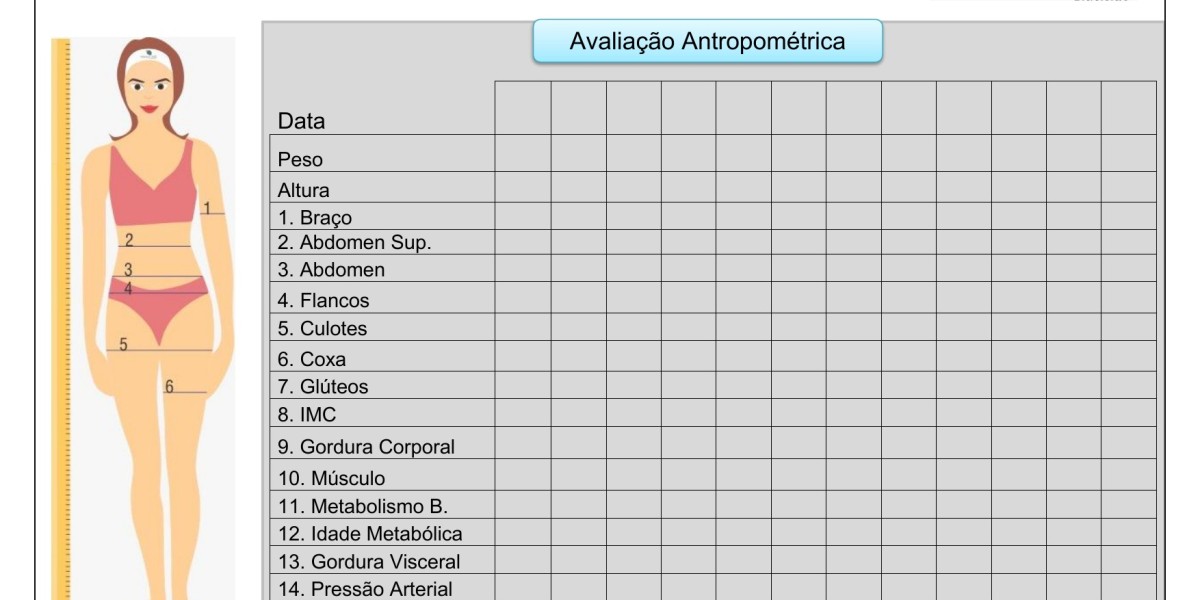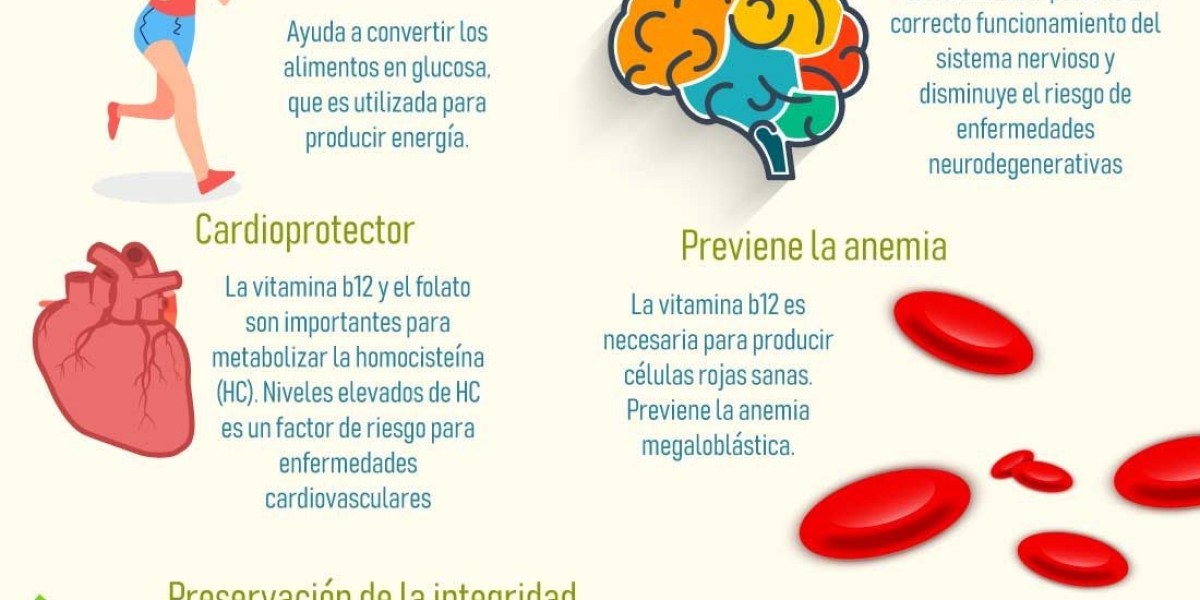Therapy for Abandonment in Children
Difficulty communicating, looking for reassurance, and unhealthy relationship habits can all be indicators of abandonment issues. But when worry of abandonment is severe and frequent, it may possibly cause bother. When this is the case, the assist of a therapist or counselor might assist. Ziv Cohen, M.D., is a board-certified psychiatrist and medical assistant professor of psychiatry at Weill Cornell Medicine, and is predicated in New York City. Dr. Cohen is both a medical psychiatrist, specializing in mood and nervousness disorders and a forensic psychiatrist with wide experience in mental health and the legislation. Dr. Cohen's clinical practice specializes in leading edge treatment for despair and nervousness, similar to ketamine and transcranial magnetic stimulation for remedy resistant patients.
People with a history of trauma or loss may want to speak with a psychological health professional to deal with these issues, even if they don't seem immediately related. Remember that challenging conduct is commonly an expression of emotional turmoil. A caregiver could need to consult a toddler psychologist if their child experiences extreme anxiety or does not acquire confidence. A therapist can help individuals construct shallowness to feel extra succesful or lovable. They can also teach somebody about establishing healthy boundaries and communicating effectively with partners. However, they could identify a fear of abandonment as a half of a wider pattern or as one symptom that could indicate a mental health situation. In kids, some degree of fear about caregivers leaving them is developmentally typical.
By elucidating the underlying mechanisms that encourage individuals with psychopathic traits in their conduct, interventions can be developed more focused at particular dysfunctional mechanism, such as deficient dispositional empathy.
Research indicates that the affective empathy develops before cognitive empathy. Following the Perception-Action Model (Preston and de Waal, 2002), it is advised that newborns are capable of mimic facial expressions, and infants are discovered to turn into distressed in the event that they hear another child cry. That is, they perceive the crying of another infant that (automatically) contributes to affective sharing. Thus, affective responsiveness is current at an early age, is automatic, and is the end result of mimicry and somato-sensorimotor resonance between the self and different. Instead, it appears as though for many of us, empathy is the default mode. For the psychopathic criminals of our study, empathy appeared to be a voluntary activity.
Save article to Kindle
Cognitive ToM resembles what is mostly known as metalizing, while the affective part refers again to the ability to deduce on other’s emotions and due to this fact relates to each affective and cognitive empathy. It is necessary to notice that affective ToM differs from affective empathy, in that affective empathy also consists of emotional contagion (feeling the same feeling as the other individual does), whereas affective ToM doesn't. In support of the IES mannequin, the amygdala is discovered to be essential for processing expressions of worry and distress (Murphy et al., 2003), and people with psychopathy who're violent present reduced amygdala responses to fearful expressions (Dolan and Fullam, 2009). This dysfunctional response reflects a dysfunction in empathic responding (i.e., personal distress). Consequently, dysfunction in stimulus-reinforcement learning, thus learning the results (fear expression) of one’s actions (aggression), ends in a deficient response to transgressions (i.e., empathic concern).
Related articles
"Most of the time, we assume that different individuals are just like us so their behavior doesn’t make sense to us," she says. Emotional intelligence represents your ability to appropriately establish and handle feelings in your self and others. By connecting, by understanding, by having empathy, we will all stand collectively, assist when wanted, and be given a hand once we, in flip, may have it. This worksheet is very useful for clinicians and well being professionals however can also be very appropriate for anybody working in a occupation the place they should communicate with other people continually. Besides manifesting as a way of fatigue, we can contemplate empathy fatigue as a form of re-trauma, and consequently, the signs resemble that of secondary traumatic stress dysfunction.
3. The putative confounding role of alexithymia, age, and sex
Secondly, Models 5 and 6 have been employed to particularly consider how interoception measures (interoceptive consideration and accuracy—inserted within the final block of each model) predicted both cognitive or affective empathy, respectively. Across these fashions, wild bootstrapping was used to estimate p-values if the idea of homoscedasticity was not met. Regarding empathy measurement, recent psychometric studies have queried whether or not the QCAE is an acceptable tool to index cognitive and affective empathy. However, these specific subscales can be considerably debated as nicely as a outcome of their questionable or blatantly unacceptable inner consistency, in distinction to the acceptable-good reliability of broader cognitive and affective empathy scores. Regardless, we do nonetheless consider that the QCAE was the extra adequate self-report measure out there to index cognitive and affective empathy according to modern conceptual and neurobiological fashions.
Why You Shouldn’t Judge Someone By Their Eyes
Concomitantly, it is clearly feasible to postulate that psychopathy, interoception, and alexithymia could additionally be differentially associated to lower-level empathy processes as these indexed by QCAE subscales or other various measures. Hence, future studies could develop theory-driven hypotheses to look at how specific cognitive and affective empathy subprocesses interact with psychopathy, interoception, and alexithymia. Based on the previously described findings and existing theoretical information, exploratory path models were carried out to integrate the associations between psychopathy dimensions, empathy domains, interoception, and alexithymia. Theoretical frameworks, notably introspection-centric simulation theory, have proposed that alexithymia can underlie reduced empathic processing (Goldman, 1992, 2006).
About this dark triad research news
The other exhibits a pattern much like autistic traits – significantly, low cognitive empathy and common affective empathy within the absence of elevated darkish traits. Neuroimaging studies found that above talked about structures relevant for empathy are dysfunctional in individuals with psychopathic traits (e.g., Koenigs et al., 2007; Shamay-Tsoory et al., 2010; Decety et al., 2013b; and see Lockwood, 2016 for a review). For occasion, in one examine, persons scoring excessive and low on the PCL-R were examined in the course of the viewing of pictured depicting bodily harm (Decety et al., 2013a). They needed to think about that this harm involved oneself, or one other person. During the imagine-self perspective, participants with higher scores on psychopathy showed atypical response in the AI, aMCC, SMA, IFG, somatosensory cortex, and right amygdala. This corresponds with the mind network involved within the experiencing of pain.
3. Exploratory analyses
Because empaths can absorb the feelings of others, spending too much time around poisonous personalities can really feel like poisoning your self from the inside out. Empaths also wants to work on knowing when and tips on how to build up personal partitions in order that they aren’t at all times so easily absorbing the emotions of those round them. This won’t be easy, as creating boundaries likely doesn’t come naturally to empaths who are so pushed to help. But establishing healthy boundaries is necessary for everyone’s mental health and well-being—perhaps especially for empaths.
Like IQ, larger scores of the Empathy Quotient are supposed to characterize larger abilities of empathy. You have a "heart" and care about others after they expertise misfortunes. Research has instructed that empathy can take totally different varieties, and that there are three necessary varieties. When it comes down to it, it’s impossible to be taught every little thing you want to find out about a person’s character and inner world via their eyes. People are complicated and unique, and the only approach to get a complete image of who they're is by doing the onerous work of getting to know them. When you choose a book by its cover, you'll doubtless miss out on many desirable reads.
Another is that the PCL-R is very time consuming to manage, and impractical for large scale information assortment efforts due to its interview-based procedure and requirement of collateral (i.e., archival file) info. As a outcome, completely different other (self-report) measures are developed for the evaluation of psychopathic personality during the years, a few of them found to be extra promising than others. Developmentally, the method of empathic misery or emotional misery might play Como é Feita A AvaliaçãO De Gordura Corporal? task in the underpinnings of prosocial habits (Hoffman, 1990). Also, the expression of ache presents an necessary sign to others, that motivates conduct similar to caring for a person in distress (i.e., sympathy).
Moreover, when no overt behavioral variations between individuals scoring high and low on psychopathic traits are found, this will likely not routinely reflect "true" underlying resemblance in neurophysiological mechanisms. Also, when no behavioral differences are found, but underlying computerized (neural) processes differ in individuals with psychopathic traits, this may affect automated responding outside the laboratory (e.g., Meffert et al., 2013). This points to the idea that, when necessary, psychopaths may use covert (computational) methods within the mind to beat otherwise automated inappropriate responding. Another essential caveat is that within this study we did not study the extra fine-grained 4-facets model stemming from the classical 2-factors fashions (Neumann et al., 2007; Hare et al., 2018). This model proposed four correlated first-order components with out shedding mannequin match, namely the interpersonal and affective aspects (stemming from major psychopathy) as properly as the impulsive and delinquent facets (underlying secondary psychopathy).








